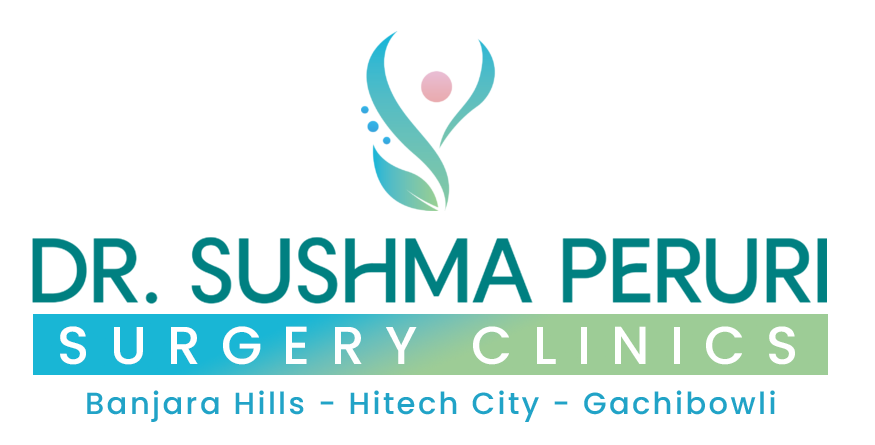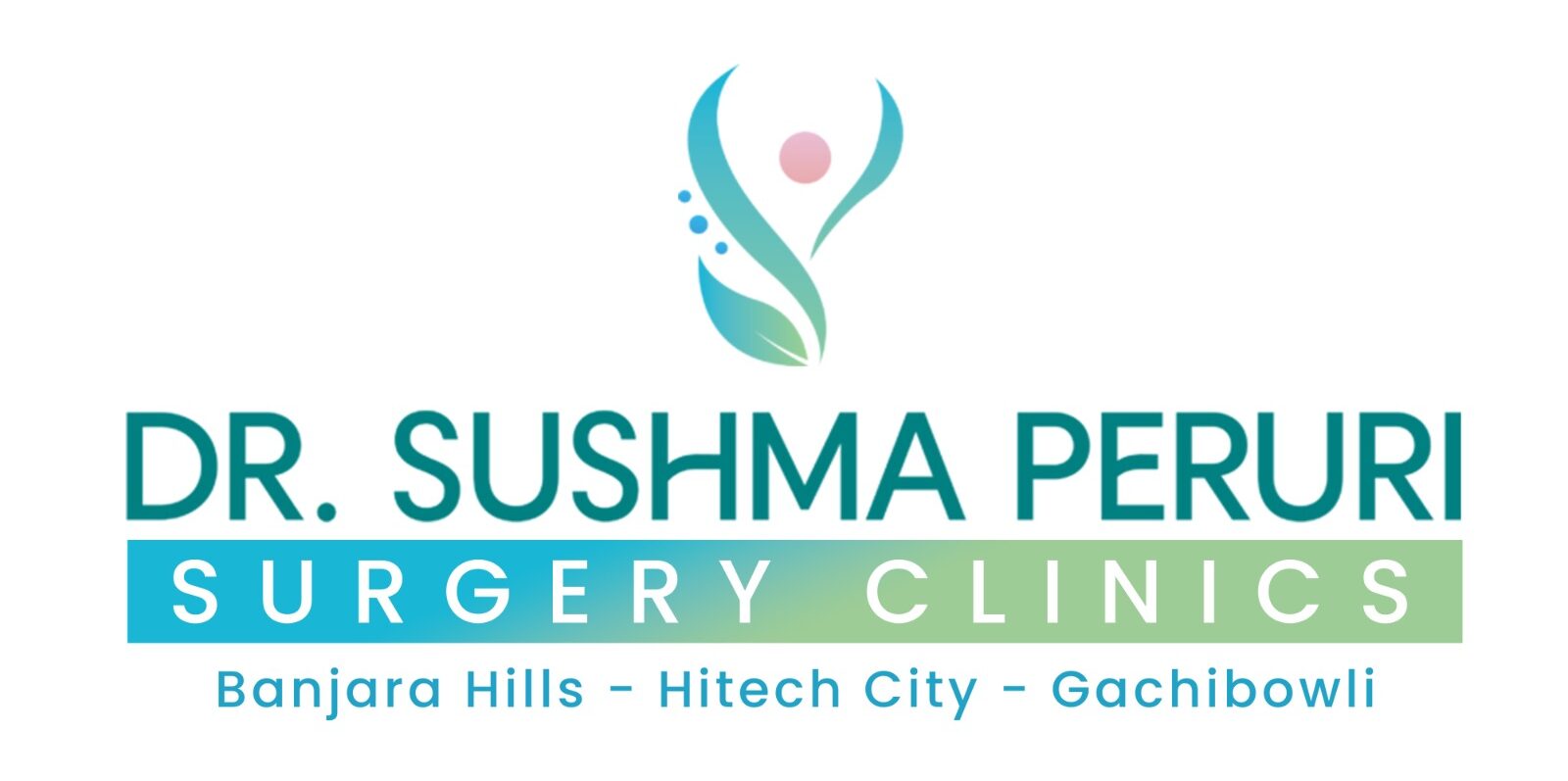Understanding Pilonidal Sinus Symptoms
Pilonidal sinus is a common condition that affects many individuals, often leading to discomfort and various complications if left untreated. Understanding the symptoms of pilonidal sinus is crucial for early diagnosis and effective management. This blog will explore the signs to look out for, the underlying causes, and the treatment options available.
What is a Pilonidal Sinus?
A pilonidal sinus is a small cavity or tunnel under the skin, typically located near the tailbone. It can become infected, leading to the formation of painful abscesses. This condition is more prevalent in young adults, particularly males, and can result from several factors, including prolonged sitting, obesity, and hair growth in the area.

Common Pilonidal Sinus Symptoms
Recognizing the symptoms of a pilonidal sinus can help individuals seek timely medical attention. Here are some of the most common signs to watch for:
Pain and Discomfort
One of the primary symptoms of a pilonidal sinus is pain or discomfort in the area around the tailbone. This pain may worsen when sitting for extended periods, making it difficult to find a comfortable position.Swelling and Inflammation
The skin over the sinus may become swollen and inflamed. This area can appear red and feel warm to the touch, indicating an infection or irritation.Drainage of Fluid or Pus
Infected pilonidal sinuses can produce drainage, which may contain pus or blood. This drainage can sometimes have an unpleasant odor and may soak through clothing.Formation of Abscesses
A pilonidal sinus can lead to the development of abscesses—painful, swollen lumps filled with pus. These abscesses may need to be drained by a healthcare professional to relieve pain and prevent further complications.Foul Odor
The presence of infection or drainage can result in a foul odor emanating from the affected area. This symptom can be particularly distressing for those experiencing it.Itching and Irritation
Many individuals with a pilonidal sinus may experience itching or irritation around the site. This discomfort can lead to scratching, which can worsen the condition.Recurring Symptoms
Pilonidal sinus symptoms may recur over time, especially if the condition is not adequately treated. Individuals may experience cycles of pain and discomfort, making it essential to seek professional help.
Risk Factors for Pilonidal Sinus
Several risk factors can increase the likelihood of developing a pilonidal sinus, including:
- Obesity: Excess weight can put additional pressure on the tailbone area.
- Prolonged Sitting: Jobs or activities that require long periods of sitting can increase irritation.
- Hair Growth: Excessive hair in the area can contribute to the development of pilonidal sinuses.
- Sedentary Lifestyle: Lack of physical activity can lead to increased pressure on the tailbone.
When to See a Doctor
If you experience any of the symptoms mentioned above, it is essential to consult a healthcare professional. Early intervention can prevent complications and lead to more effective treatment options. Seek medical attention if you notice:
- Severe pain or swelling
- Increased redness or warmth around the area
- Persistent drainage or bleeding
- Fever or chills, which may indicate a systemic infection
Diagnosis of Pilonidal Sinus
Diagnosing a pilonidal sinus typically involves a physical examination. The healthcare provider will assess the symptoms and examine the affected area for signs of inflammation or infection. In some cases, imaging studies such as an ultrasound may be required to determine the extent of the condition
Treatment Options for Pilonidal Sinus
Conservative Treatment
In mild cases, conservative treatment may be sufficient. This can include:- Keeping the area clean and dry
- Avoiding prolonged sitting
- Taking over-the-counter pain relievers for discomfort
Antibiotics
If an infection is present, a healthcare provider may prescribe antibiotics to help clear the infection and reduce inflammation.Incision and Drainage
In cases of abscess formation, a healthcare provider may need to perform a procedure to drain the pus. This can relieve pain and promote healing.Surgical Options
For recurrent pilonidal sinus cases or those that do not respond to conservative treatment, surgical intervention may be necessary. Surgical options can include:- Excision: Removing the entire sinus and surrounding tissue.
- Flap Procedure: Involves closing the wound with nearby tissue to promote healing.
Post-Operative Care
After surgery, proper care is crucial to prevent recurrence. This may include keeping the area clean, avoiding prolonged sitting, and attending follow-up appointments with your healthcare provider.
Conclusion
Pilonidal sinus symptoms can significantly impact daily life, but early recognition and treatment can lead to better outcomes. If you suspect you have a pilonidal sinus or experience any related symptoms, don’t hesitate to seek medical advice. Understanding your condition and the available treatment options can help you achieve relief and maintain a better quality of life.
For more information or to schedule a consultation, visit our website at Dr. Sushma Peruri today. Your health and comfort are our top priorities!


